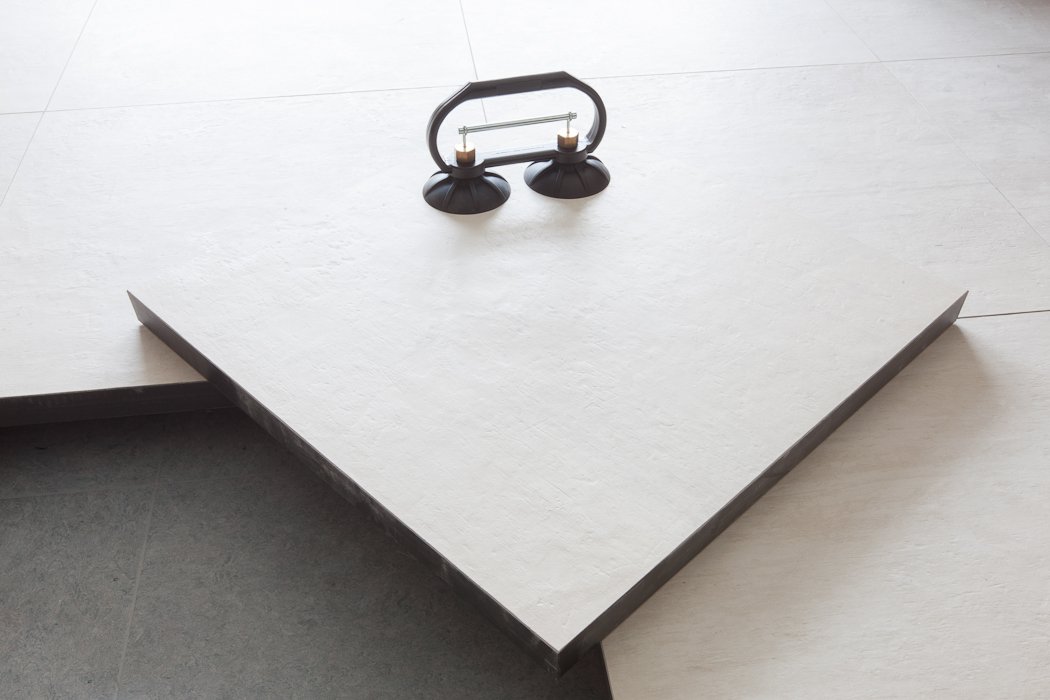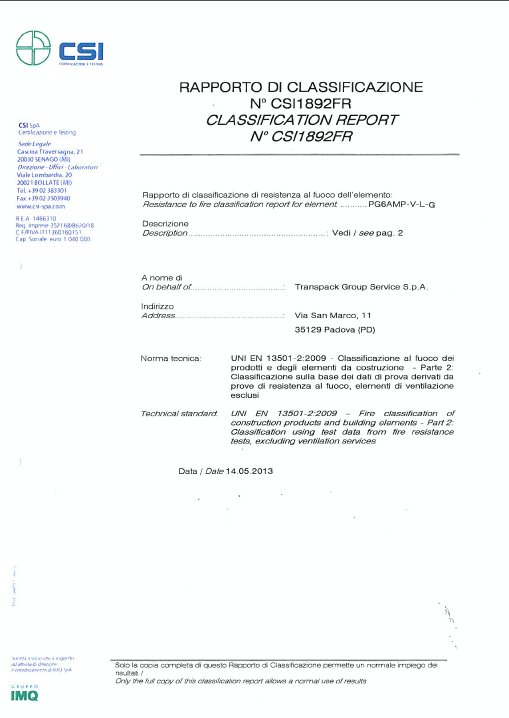
Home / News / Raised Floors /
One of the basic requirements for raised floor is the fire resistance.
The European reference standard for the classification of fire resistance for raised floors is EN 13501-2.
In general, fire behavior corresponds to those physical and chemical changes resulting from the exposure of a material or a building to fire.
The fire resistance, in particular, is the capability of a building or a part of it to maintain for a given time the following characteristics:
• Structural stability (R)
• Integrity (E)
• Thermal insulation (I)
The structural stability is the capability of the construction or the construction element to maintain the mechanical resistance under the action of fire (R).
The integrity (or tightness) is the ability, when the structure or its element is subjected to fire on one side, not to let pass neither produce flames, hot gases or vapors on the unexposed side (E).
The thermal insulation is the ability to reduce the transmission of heat (I).
The tests and certificates that are valid for the Fire Department call for the contemporaneity of the three elements (REI) .

The number following the abbreviation (e.g. 15, 30) indicates the class of fire resistance, and corresponds to the minutes during which the fire resistance must be guaranteed.
The new European standard EN 13501-2, reduces the classification to a maximum of REI 30 for escape routes (e.g. corridors and lift landings), while for the offices also REI 15 is accepted.
The tests, in practice, are realized in a furnace by simulating a fire in the subfloor: while increasing the temperature (according to the normalized curve C), the average heat degree on the surface of the panels is measured; when it exceeds 150°C, the minutes elapsed since the furnace had been switched on are counted, provided that the stability and integrity are maintained. The European standard also calls for the presence of a load of 55 kg on each floor panel during the test.
Nesite raised floors, both in chipboard and calcium sulphate, are certified according to EN 13501-2 and meet the requirements of fire resistance required by the standard.